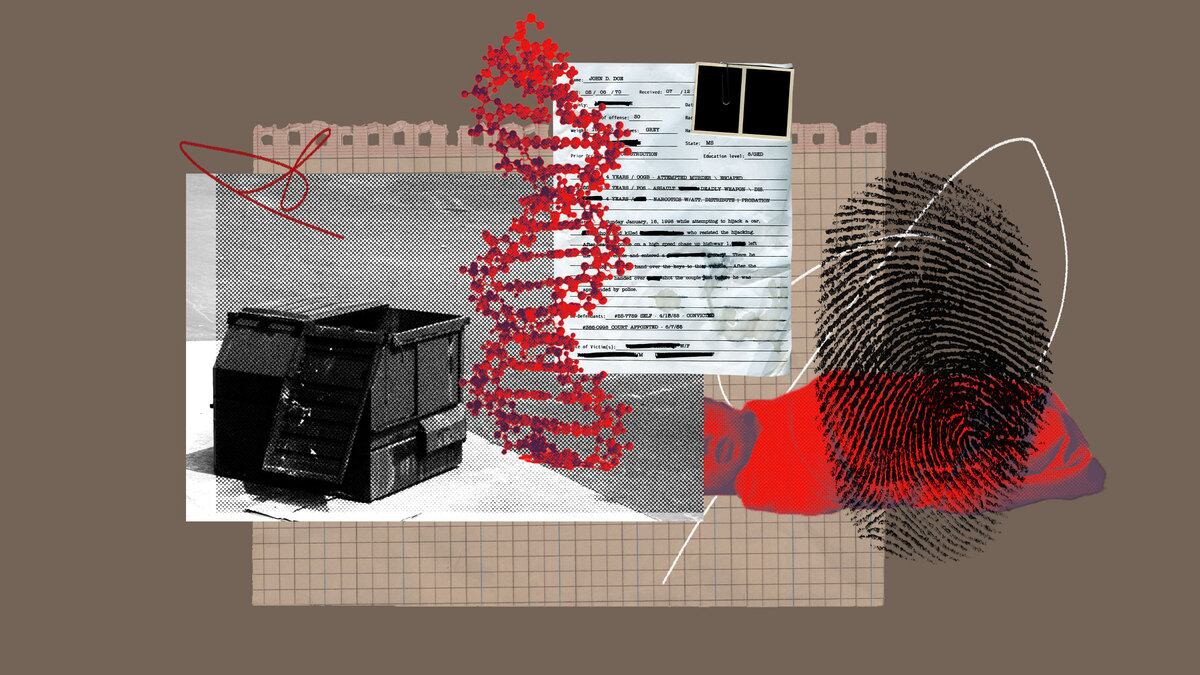Books
Photo Illustration by Luis G. Rendon/The Daily Beast/Getty
The Baby Abandoned Beside a Dumpster Who Helped Solve a Cold-Case Murder
making dna mugshots
How one woman went from using DNA to complete family trees to solving the knottiest cold-case crimes.

Trending Now





